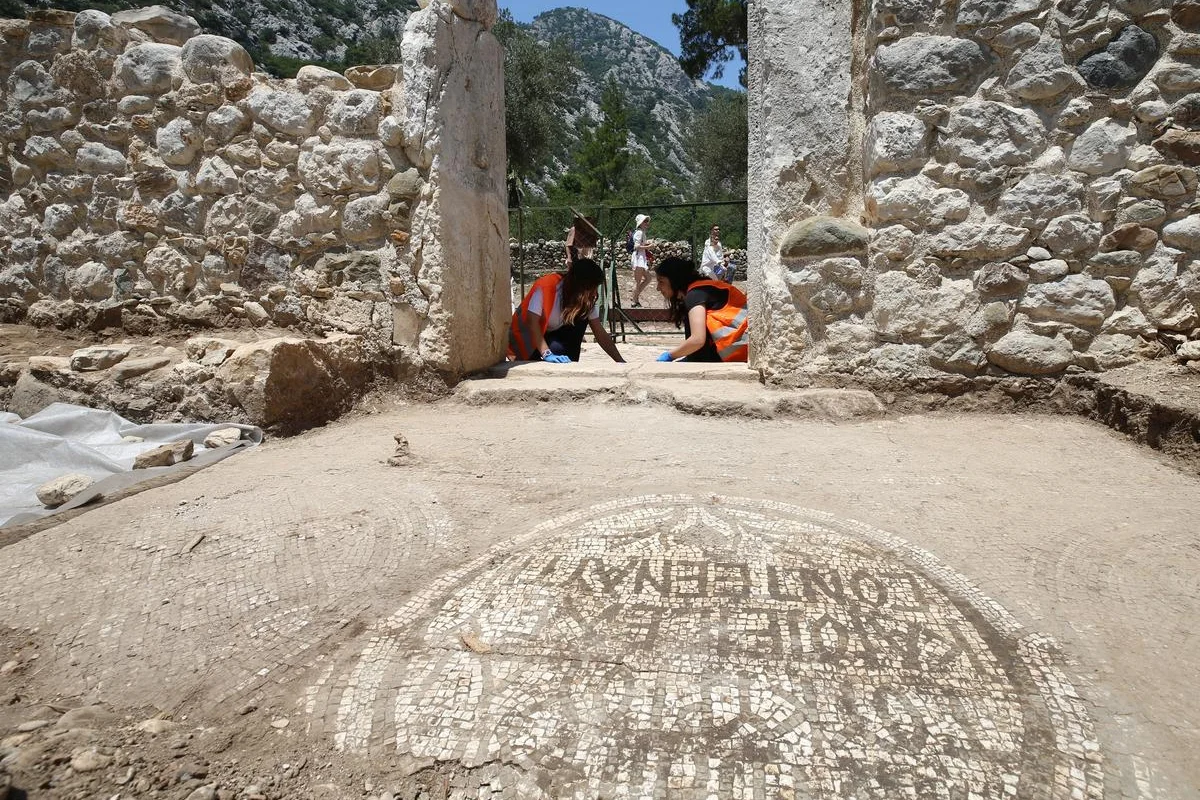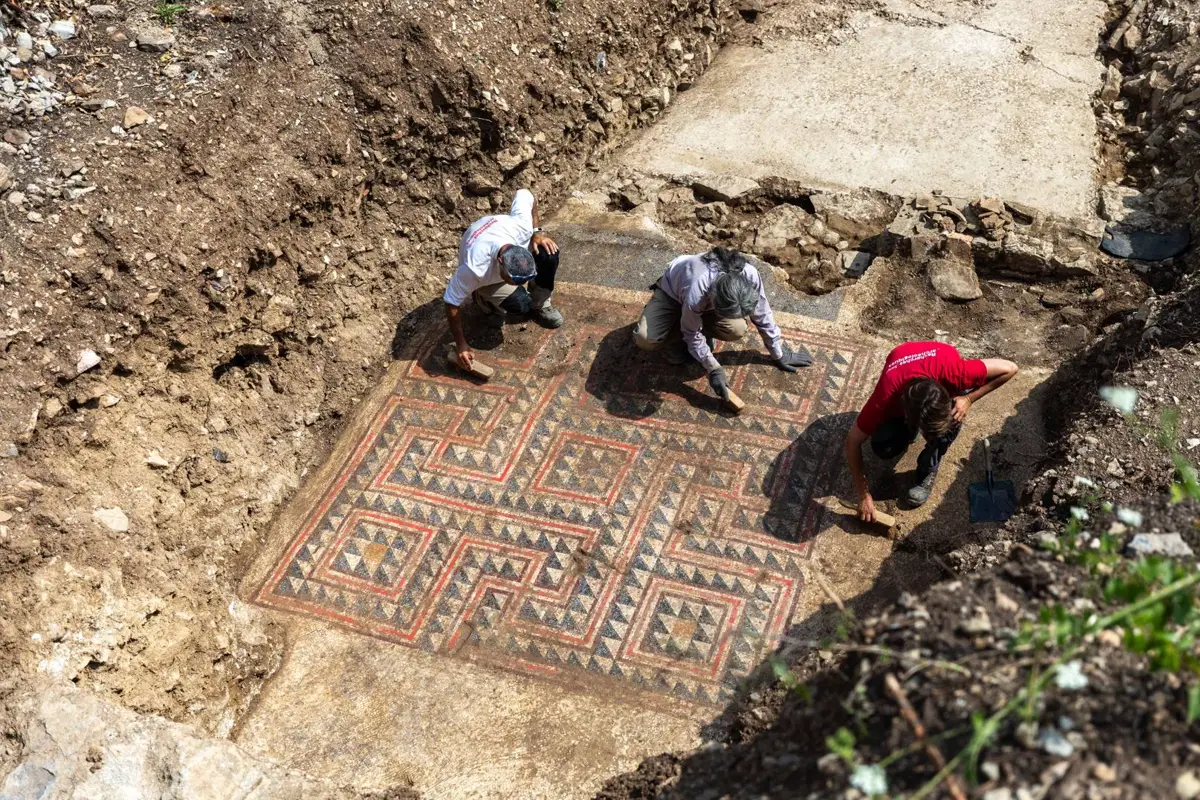Over 5,700 years ago, the Indus Valley Civilization (IVC) emerged in what is now northern India and Pakistan, leaving behind an enduring mystery. Known for its impressive walled cities and an undeciphered script, this ancient culture thrived for millennia before fading into obscurity. While much remains unknown, recent research has provided valuable insights into daily life in one of its most prominent cities—Harappa.
The Mystery of the Indus Valley Script
Harappa, the largest and most well-known settlement of the IVC, flourished between 3700 and 1300 BCE. Archaeologists have uncovered numerous examples of the Indus Valley Script within its ruins, a writing system that has yet to be translated. In an effort to unlock its secrets, the Indian government has even offered a $1 million reward to anyone who can successfully decode it. While the prize remains unclaimed, new studies are shedding light on the civilization’s social organization and economic practices.
A Centralized Food Economy
A recent study analyzed 1,144 ancient plant remains excavated from Harappa, revealing a significant concentration of grain relative to chaff. This finding challenges earlier theories suggesting that families processed crops individually within their homes. Instead, researchers now believe that food production took place outside the city, managed by a large labor force, before being transported in a pre-processed state to sustain the urban population.
Previously, scholars based their assumptions on the presence of small weed seeds in Harappan homes, which would be expected in grain that had not been cleaned beforehand. However, the new study found that these weeds were primarily those consumed by cattle, either through grazing or as part of fodder.
The Role of Cattle and Dung as Fuel
Researchers suggest that the abundance of weed seeds in Harappa was not due to domestic crop processing but rather to the widespread use of cattle dung as fuel. The burning of dung was a crucial practice, providing a steady and reliable heat source for both cooking and industrial activities such as pottery and faience production.
“The use of dung as a critical fuel source at Harappa, for both domestic and industrial purposes, could explain the patterning,” the researchers noted. This practice, still common in parts of South Asia today, highlights the resourcefulness of the ancient Harappans in utilizing available materials for energy needs.
Insights into a Complex Civilization
These findings indicate that Harappa’s economy was highly organized, with food processing controlled by rural sites under the influence of urban centers. The discovery also underscores the importance of cattle in Harappan society—not just for agriculture and food but also for fuel and daily life.
Despite these breakthroughs, many aspects of Harappan life remain a mystery, including their language, religious beliefs, and governance. However, with ongoing research and the enticing million-dollar reward, future discoveries may soon reveal even more about this fascinating civilization.
The study was published in the journal Antiquity.







